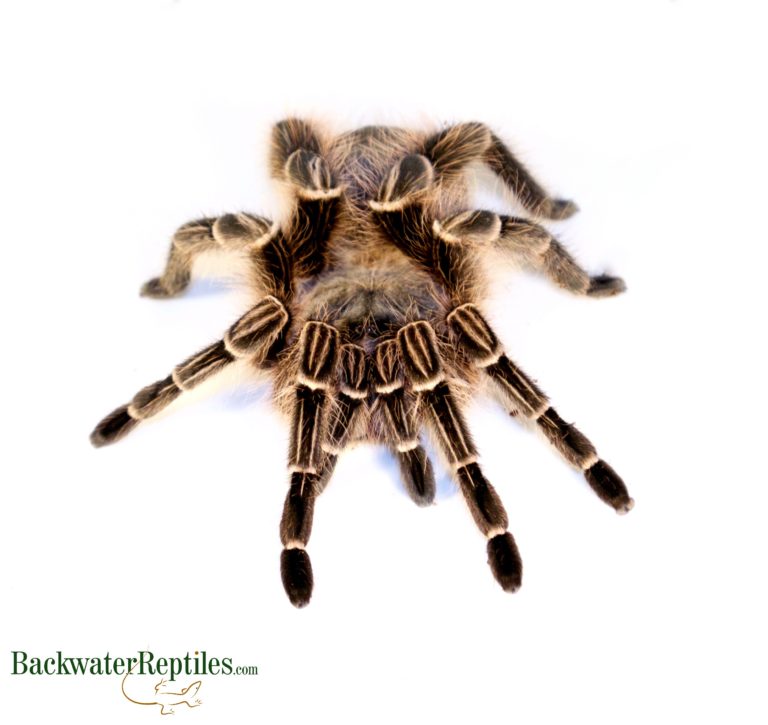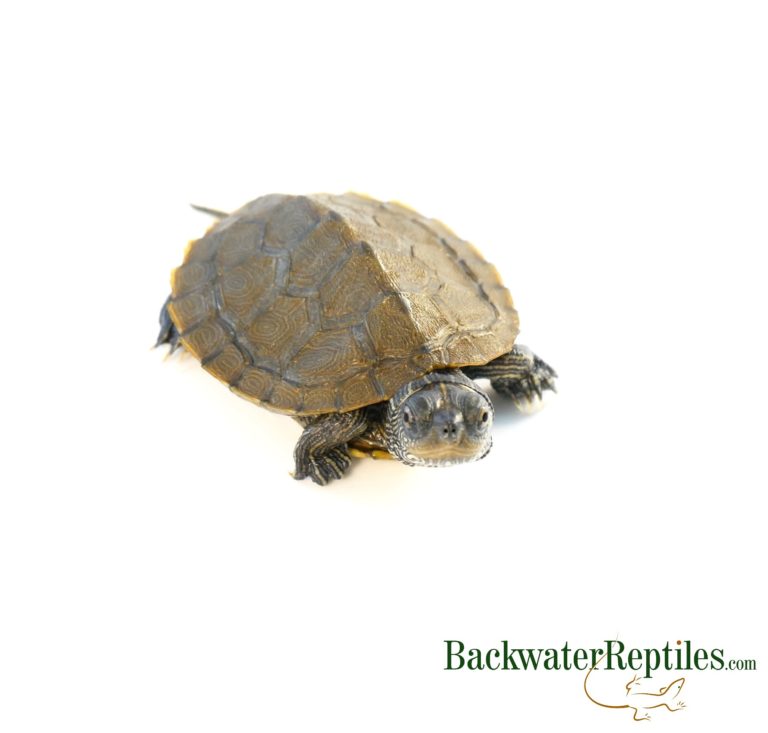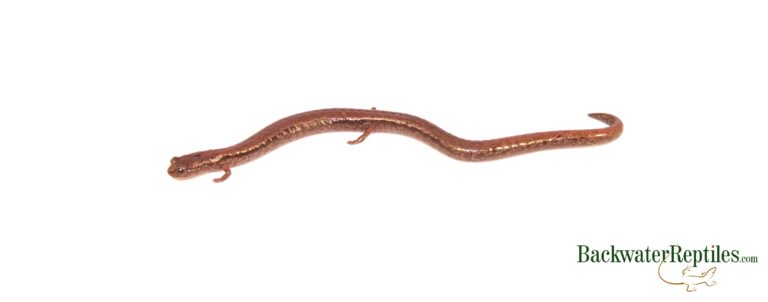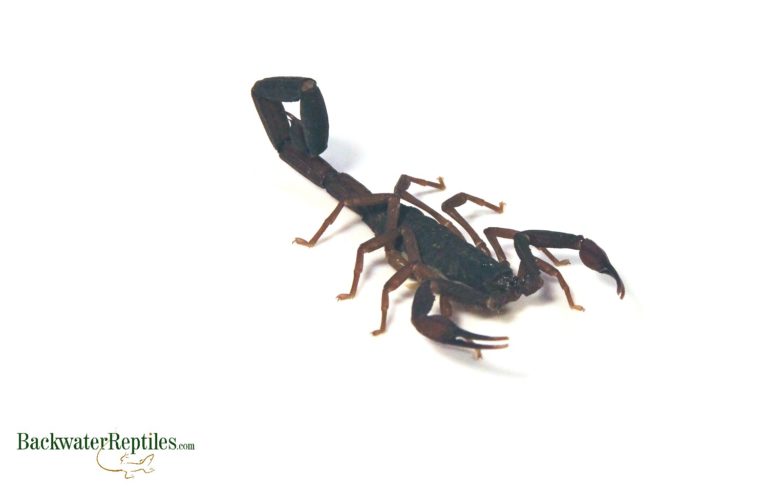Not all pets are purchased from a local breeder, commercial pet store, or rescued from a re-homing service. Many reptile, amphibian, and invertebrate species can actually be shipped right to your door overnight, which is where Backwater Reptiles comes in!
Did you know that each year Backwater Reptiles ships hundreds of animals overnight to customers just like you as well as to zoos, universities, and other educational facilities?
While the concept of shipping an animal might seem foreign or strange to some, we want to assure our customers that we are experienced in packing our critters so that they have the safest journey to their new forever homes.
If you wish to learn more about exactly what is involved in our shipping and packing process, you can read all about it in this article.

I’ve signed for my new family member. What do I do now that I’ve received my package? Should I unpack the box in any special way? Will my new pet be a bit peeved, peckish, or thirsty after its travels?
Not to worry – we get loads of questions every day about these types of matters. In this article, we’ll answer not only these frequently asked questions about unpacking your new arrival, but go into detail about how to make sure your new pet has the opportunity to acclimate to its new home with the least amount of stress possible.
What Do I Do Now That I’ve Received My Package?
Unboxing Your New Pet Reptile
When you receive your new reptile, it will come specially packaged in a box for shipping live animals. We know it’s super exciting, but make sure you don’t shake the box or turn it upside down once it’s in your care.
We recommend placing the box on a sturdy, flat surface or counter and slitting the clear packing tape sealing the box flaps shut. Once you’ve done that, the box should open effortlessly and you can remove the styrofoam lid that keeps everything neatly in place.
Depending on the size of your reptile, it will either come in a breathable canvas bag or a plastic deli cup with a secure lid. Most snakes are shipped in bags, chameleons are generally shipped in bags, and larger lizards such as monitors and ameivas are also shipped in bags. Only very small reptiles such as baby Bearded Dragons, baby turtles, and baby Leopard Geckos tend to be shipped in deli cups.
Once the styrofoam lid has been safely removed, gently lift the bag or deli cup out of the insulated box. If your pet is in a clear deli cup, you’ll likely get your first glimpse of him/her at this point!

Much like a long overnight flight can be draining to a human being, please keep in mind that the shipping process can be a tad stressful on the animals as well. They feel much the same way you would if you had traveled all night long, so we highly recommend allowing your new pet time to decompress and “stretch its legs” after its travels are over. This means keep the handling to a bare minimum for the first twenty-four hours.
If your reptile came in a bag, we recommend untying the fastening on the bag and opening it up after placing the bag inside the animal’s new enclosure. Allow the critter to come out of its travel bag on its own terms and don’t force the animal out unless absolutely necessary.
If your reptile arrived in a deli cup, we recommend removing the cup’s lid and placing it inside the enclosure to allow the animal to exit the cup at its own personal leisure. You can also gently “tip” the animal out of the cup and into the enclosure as well.
In order to ensure your new pet feels at home as swiftly as possible, make sure that your enclosure has all the proper equipment needed. Your pet might be a bit cold and need to warm up, it might be thirsty, or it might need to use the bathroom, so make sure that you offer fresh water, a good place to hide, and a heated area with the proper temperature required for your specific animal’s needs.
Many people think that it’s a good idea to feed their new reptile right away. We do try to make sure that our critters are shipped on stomachs that aren’t too full or too empty, so do not be alarmed if your pet doesn’t show interest in food right away. It’s normal for it to take a day or two (or sometimes even more depending on the species) before your pet will eat. Our recommendation is to offer food and if the animal shows no interest in it, remove the food and try again in a few hours or the following day.
Unboxing Your New Pet Amphibian
Although the external packaging for pet amphibians to travel in the mail is the same as a pet reptile, the internal packing will vary slightly.
Amphibians require moisture to stay healthy, so your amphibian, whether you ordered a frog, toad, salamander, or newt, will be traveling in a deli cup with damp or wet paper towels or other appropriate substrate and a secure lid.
The interior of the box will contain styrofoam panels to keep the cup secure while in transit. You will need to remove the top “lid” panel and then gently lift the deli cup out.

As with a pet reptile, you will want to avoid handling your new amphibian right away if you have ordered a species that is suitable for human interaction. Keep in mind that newts, salamanders, and many species of frog and toad are best as display pets and don’t do well being coddled or held.
By now your amphibian’s habitat should be all set up and ready to go. You’ll want to make sure that your new family member gets plenty of moisture and a safe place to hide right away. You might even want to mist your pet once you get him or her into the enclosure just in case the shipping process left them a tiny bit dehydrated.
Gently open the deli cup within the enclosure and allow the animal to come out on its own terms. Or alternatively, you can also very carefully tip the cup and get your pet to come out.
You can follow the same feeding instructions with an amphibian as with a pet reptile. Your pet may or may not show any interest in food once it is in its new environment, so don’t be alarmed if you offer insects or other fare and it is ignored. Make sure you remove any uneaten food, especially crickets, and try again the following day.
Unboxing Your New Pet Invertebrate
Invertebrates will travel in plastic deli cups since bags are not solid enough to protect their delicate frames. This is particularly true of tarantulas that have urticating hairs as a defense mechanism.
Spiderlings and spider slings will come in very small cups. They are very fast little critters and are also very good at hiding, so be extremely careful when opening up a cup containing a spiderling! In order to avoid any mishaps, we highly recommend opening the cup over top of or inside of the spider’s enclosure. This way if the spiderling jumps or climbs out very quickly, it will land in a safe place inside its habitat and will not fall a large height to the floor. It also means less work for you as you won’t be chasing a speedy spiderling around the house!
Larger invertebrates such as scorpions and tarantulas with longer leg spans will be a bit slower than their baby counterparts. However, because they are venomous, you should still exercise caution when opening the lid of their shipping container. Some of the more aggressive species might be eager to get out!
We recommend the same technique for getting larger invertebrates into their new enclosures. Open the cup slowly and carefully inside the new habitat and allow the critter to come out when it feels good and ready. We don’t recommend transferring the animal from the cup to its cage with your hands since it is likely a little grumpy after its overnight travels.

Some species, like centipedes and aggressive baboon tarantulas, should not be held at all, so it is even more imperative that you gently coax them into their new enclosure without making contact with your hands if you can at all avoid it.
Again, it’s highly likely that your new invertebrate will be uninterested in eating right away. Make sure that it has a water source and the other appropriate amenities in its new home and offer food that evening or even the following day. Many invertebrate species are nocturnal eaters anyways, so don’t be surprised if they won’t eat until nightfall.
Conclusion
Whether you ordered a reptile, amphibian, or invertebrate, you should exercise caution and be gentle during the unboxing process. Try to make the procedure as smooth and streamlined as possible and limit stress on your new friend by keeping handling to a minimum for the first 24 hours at least.
It’s very common for animals to not eat for the first day or two depending on the species. Don’t be alarmed if this is the case with your new pet. Offer food regularly and remove any uneaten remnants. More important than food is a water source for hydration as shipping can often make animals thirsty.
If you ever have any questions about an animal after you have received it or you have issues of any sort upon unboxing, remember that our customer service team is always happy to assist you. Just email them at sales@backwaterreptiles.com and they will happily offer suggestions and tips if you need any.
